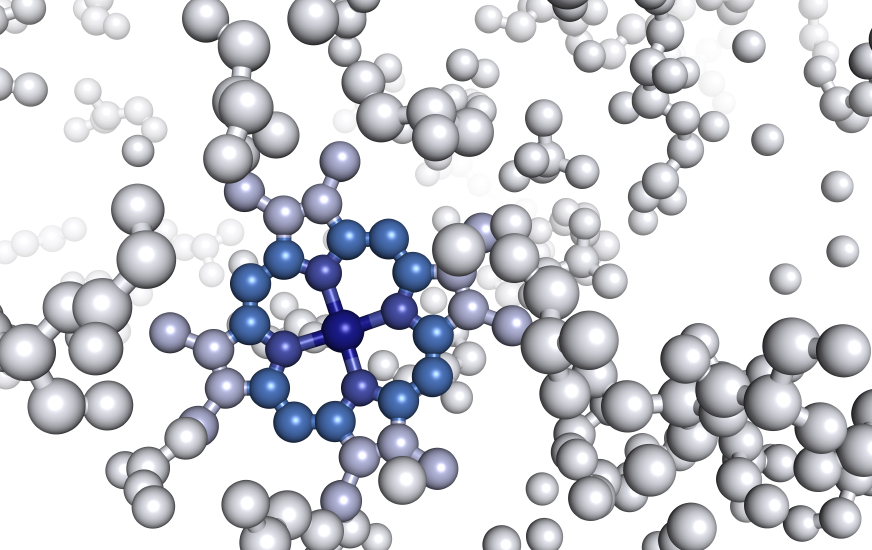
Nutrition is an important factor influencing physical performance. I’ve heard it said that training is 20 percent of physical performance while nutrition and recovery are 80 percent. I don’t know if those percentages are correct, but I do know that nutrition and recovery are of equal importance and a missing ingredient in today’s athletes. Compared to 20 years ago, there is far less controversy regarding protein requirements and strength/power athletes.
There are six essential nutrients critical for humans—protein, carbohydrates, fats, vitamins, minerals, and water. Proteins are an essential structural component of the human body. Excluding water, protein is the most abundant substance in the human body with skeletal muscle its largest depot. Proteins are made of smaller, basic units called amino acids. Amino acids are made of basic elements of carbon, hydrogen, oxygen, and nitrogen. There are 222 amino acids and nine are considered essential, meaning they can’t be made by the body and must be obtained through diet. When the essential amino acids aren’t obtained in the diet, the body’s protein production ability is seriously impaired and many negative side effects (deficiency diseases) including death can occur, depending on the length and degree of deficiency.
Dietary proteins containing all the essential amino acids are complete proteins and considered to have a high biological value. Proteins of animal origin (meat, dairy products, eggs, and fish) are complete with eggs having the highest biological value. Proteins lacking one of the essential amino acids are incomplete and have a lower biological value. Incomplete proteins are usually of plant origin (grains, legumes, nuts, and seeds). This may pose difficulty for both vegetarian athletes and non-athletes. When all the essential amino acids aren’t consumed in the same meal or within one hour of each other, the body’s ability to make new protein (build muscle) is adversely effected. As a result, other amino acids can’t be used optimally, which causes increased nitrogen excretion (possible/probable cannibalization of lean muscle tissue). The body thrives on homeostasis (steady state or balance). It has an incredible ability to adapt and heal itself when functioning optimally. This balance is a tension of opposites. Too much on either end of the spectrum can create dysfunction or illness. The body will get the amino acids it needs by diet or cannibalizing lean muscle tissue.
Over the past 20 years, there has been considerable investigation into the effects of exercise on the use of protein and branch chained amino acids (leucine, isoleucine, and valine). According to the literature, the branch chained amino acids are used as an energy source during exercise. The percentage of branched chain amino acids used is dependent on the glycogen stores (sugar stored in the liver and skeletal muscle) and the type of exercise (aerobic or strength/power). Research also shows that approximately 1 gram of protein per pound of body weight supports protein synthesis, resulting in increased muscle mass along with elevations in the enzymes associated with the anaerobic metabolism used in strength/power sports (weight training, bodybuilding, and powerlifting). This is maximized when sufficient calories are consumed with a balanced diet of the low glycemic carbohydrates and good fats. A rule I tell my students is if man makes it, be cautious. Nature tends to be more balanced. Both aerobic and strength/power athletes appear to benefit from more protein when combined with a balance diet. However, on a practical level, bodybuilders have known for years that high protein diets work. A side benefit is that with an increase in protein, there is an increase in creatine due to the animal source (beef, chicken, or fish).
A summary of the research shows that all athletes need more protein compared with the regular population. (For most athletes, this can be obtained through diet as long as calorie restrictions aren’t in place. Exceptions are bodybuilders, wrestlers, dancers, and gymnasts). Approximately 1 gram per pound of body weight is needed. This is maximized when combined with a balanced diet containing the six nutrients. Complete protein sources are best because they have a high biological value (meat, dairy, eggs, and fish). If you are a vegan, make sure you’re properly combining complementary incomplete proteins and consuming them within an hour of each other.
New research shows a nutrient timing component. It isn’t just the right foods but also the right foods at the right time. For example, to improve athletic performance, recovery, and muscular growth, consume a complete protein high in L-glutamine and L-leucine, one to two hours before training and within 30 minutes immediately after training for maximum results, according to Dr. Ivy and Stout. There is also a carbohydrate, vitamin (vitamin C and E), mineral (calcium, magnesium, sodium, potassium), and hydration component. I tell my athletes to consume approximately 0.5 ounces of water per pound of body weight, especially in the Florida heat.
Finally, an overlooked aspect for proper protein utilization is sleep consistency. Go to bed and wake up at approximately the same time each day. It’s during the sleeping hours when recovery and growth take place (physical and psychological wellness). Bruce Lee had a philosophy, which stated, “Take what is useful and discard what is useless.”









